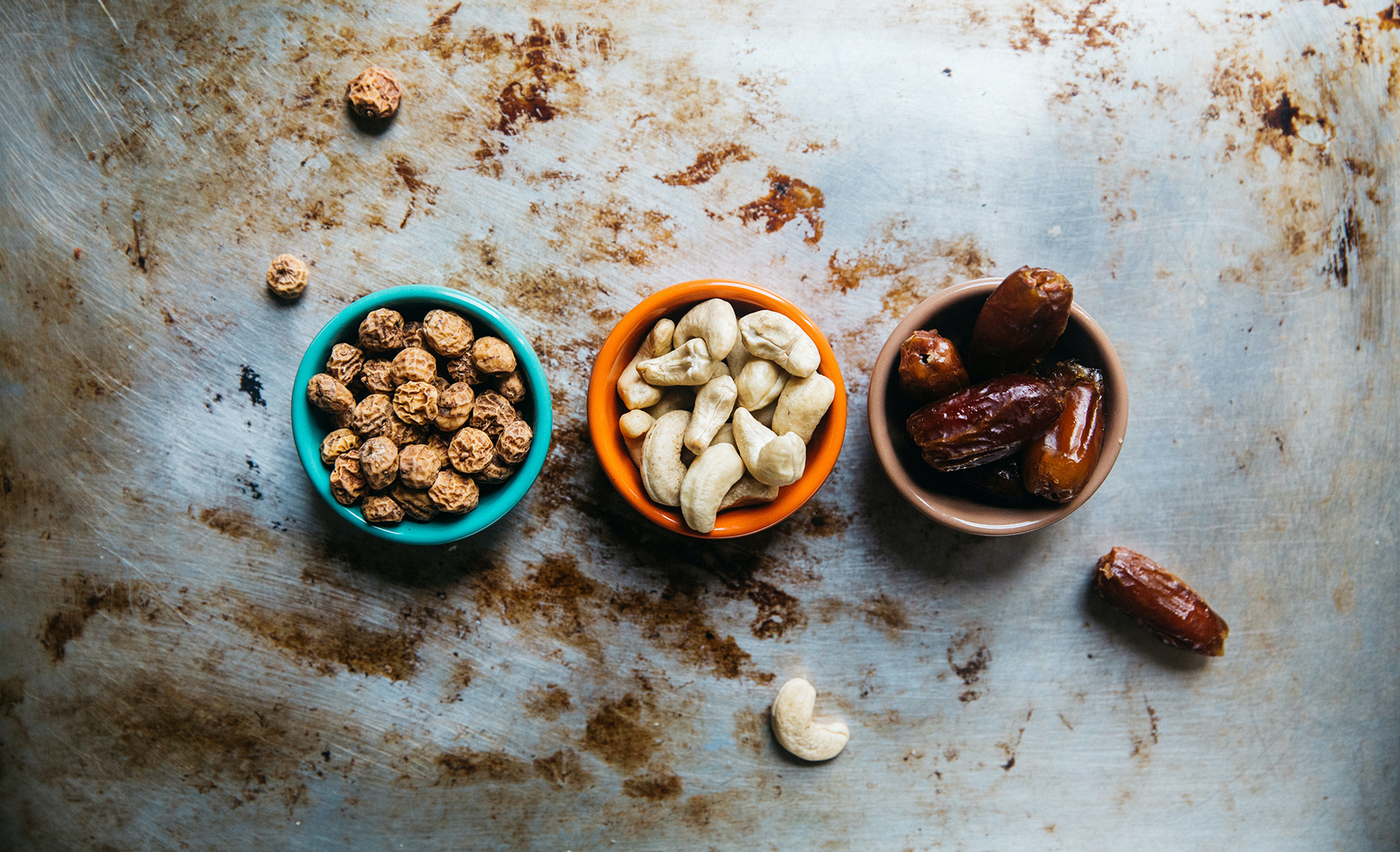Editor’s note: As we explore the realm of wellness topics surrounding our world, we dig into some of our best assets at the Academy: our coaches. For this article on the benefits of fasting, we asked Mike Phipps, Easton’s Marketing Director and Longmont’s Muay Thai Department Head, to share his experience and knowledge. Phipps trains every day, teaches both Intermediate No Gi and Muay Thai and has practiced various forms of fasting for the past six years.
Picture this: It’s 8pm and you just finished eating a delicious dinner. You feel full and content. Then you realize, your next meal won’t be until 12pm tomorrow. Or maybe even 8pm tomorrow. Or 8pm the day after tomorrow. Are you ready?
Fasting has become a hot new fitness and dieting trend popular among athletes and fitness enthusiasts. Unlike many trends, fasting actually provides serious benefits.
If you’re anything like me, you appreciate food as one of life’s greatest pleasures. Which means the idea of not eating for 12, 16, 18, or 24+ hours sounds like one of life’s least greatest pleasures.
Yet, the many benefits of fasting cannot be overstated. And who knows, you may find that you appreciate food more when you spend extended periods of your days abstaining from it.
The Myriad Benefits of Fasting
I’ve practiced various forms of fasting for the past six years. Most frequently, I confine eating to an 8-hour window within my day, meaning I fast for around 16 hours on most days. This type of fasting is known as intermittent fasting.
I first started intermittent fasting as a way to help regulate my diet and cut weight for an MMA fight. I would still consume the same amount of calories throughout the 8-hour feeding period that I would have without fasting, but I found that a set timeframe for eating made it easier to halt cravings and avoid the type of late night snacking that hinders weight loss. Plus, I felt an added benefit working out in the morning while still fasted from the night before.
I didn’t realize this at the time, but fasting has way more benefits than simply helping to regulate unwanted snacking. You may be wondering what benefits could possibly justify spending most of your days without food. Well, some of the main benefits of fasting include:
- Boosts in cognitive function
- Reduced inflammation
- Decrease in metabolic diseases
- Positive effects on longevity
These are great, but ultimately, I just felt better when intermittent fasting. Without stopping to eat in the mornings, I had more time to get things done. It was easier to think and problem-solve when I was fasting than when I didn’t. Whenever I fell off protocol, I would feel heavy and sluggish; I found I couldn’t get back to fasting fast enough.

So how does fasting work, and how can you implement it into your life?
Types of Fasting
One of the interesting things about fasting is all the various protocols available to choose from. With the extensive variety of protocols, fasting is something that you can adapt to almost any lifestyle.
For the most part, I practice intermittent fasting using either a 16/8 or 18/6 protocol, meaning I eat in a 6-8 hour window and fast the rest of the time. I’ve settled on these two protocols because they’re what works best for me.
If you want to try fasting, but are afraid of how you’ll feel after 16-18 hours without food, you can dip your toes into the fasting waters with a 14/10 protocol.
This means you could break your fast around 9am each day and finish your last meal by 7pm. If you find this easy, extend your fast until 10am and try to be done eating by 6pm.
These simple approaches can help you to get started, but by no means are these the only protocols. I’ve tried OMAD (one meal a day), and alternate day fasting, which means every other day I fast the entire day. I also frequently do 24 and 48-hour fasts. These can be tougher to get through, and may not make the best entry point if you want to give fasting a try.
I’ve also fasted for 3-5 straight days, consuming nothing but water and some coffee. Obviously, this is an extreme way to fast and you should consult your doctor before attempting any fasts longer than 48 hours. Some extended fasting protocols allow for minimal calorie intake daily, while others require that you only consume water for the duration of your fast.
Why would someone choose not to eat for 3+ days? Put simply, with extreme fasting protocols also come extreme benefits, including decreases in visceral fat, cellular clean up, decreased blood glucose and insulin, as well as many restorative effects.

Tips to get started
Fasting can be an amazing addition to your health and fitness routines, but it doesn’t come without its pitfalls. Here’s some things I’ve learned throughout the years:
- Don’t over eat: when it’s time to break your fast, especially after extended fasts of 24 hours or more, you may want to indulge in all the delicious foods you’ve been missing. However, this harmful temptation threatens to undo all the net benefits you received from fasting. Plus, you’ll just feel bad after cramming a bunch of high-sugar, high-carb foods into your mouth. Keep it simple, break your fast with some protein and fat and a small bit of carbs. The longer you fast, the more precise you have to be with how you break it.
- Don’t be too hard on yourself: The beautiful thing about intermittent fasting is its flexibility. Maybe you’re only eating between 10am and 6pm, but it’s Friday night and your friends or colleagues want to go grab a late dinner. You don’t have to turn them down just because you’re fasting. You can always break your fast later in the day or simply restart the protocol again tomorrow.
- Find the protocol that works for you: this depends on your lifestyle, your goals, and the health benefits you’re seeking. Maybe you’re someone who would benefit from the occasional 24-72 hour fast instead of daily intermittent fasting.
- Plan ahead: fasting is flexible, but it will be infinitely easier if you have a plan. If you’re breaking your fast at 12pm, know what you’re going to break your fast with. If you start to feel hungry in the early morning, having a plan and knowing when and how you’re going to break your fast can help get you past the hunger threshold.
Start Simple
If you want to trying fasting but aren’t sure you’re ready for it, begin with an easier protocol. 14/10 very closely mimics how most of us eat on a daily basis without thinking about it. If that doesn’t work, try 12/12 and go from there.









